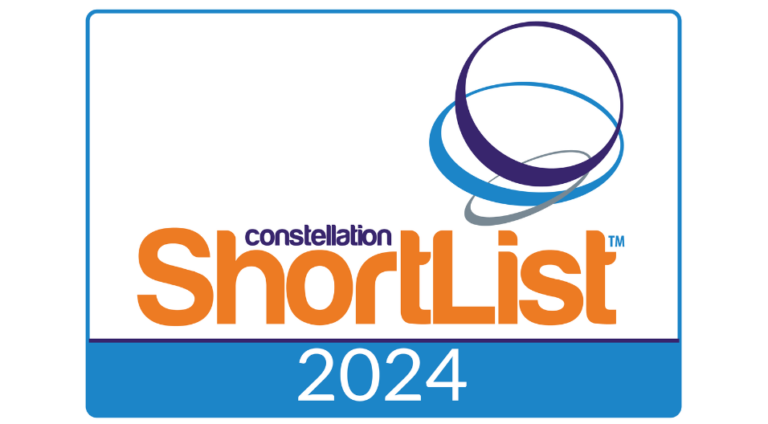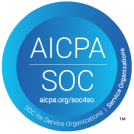In the era of value-based care, nurses are assuming expanding roles by leading the front lines of healthcare delivery and coordinating care as patients transition into population health and community-based settings. According to a Gallup study, nurse engagement is the most important predictor of mortality and complication variation across hospitals. Since the level of nursing engagement is strongly correlated with healthcare quality, nurse retention is a top priority that extends beyond the domain of the human resources department to impact the organization-wide mission of delivering outstanding patient care. As such, leading healthcare organizations are proactively leveraging evidence-based practices to retain nurses and thus, advance patient quality and safety.
Nurse turnover is an important and widely-used indicator of the quality of healthcare working environments. In a multi-state, 10-year longitudinal panel study of new nurses, 17.9% of nurses left within the first year of starting their first job and 60% of nurses left within eight years of starting their first job. The low retention rate of newly licensed nurses is concerning, as each nurse who leaves costs the organization up to 1.3 times their salary to replace. More importantly, this affects the quality of patient care. If we hope to better engage our nurses, we must proactively understand and act upon the predictors of turnover. According to a survey conducted by the New England Journal of Medicine, drivers of nurse burnout include compassion fatigue, moral distress, and work environment issues such as psychological safety and hostility.
As the industry continues to shift towards value-based care models, healthcare leaders are increasingly focused on outcomes. The risk of focusing on outcomes is that we neglect the underlying variables that drive the results. As such, healthcare leaders should strive to ensure that nurses understand the metrics that value-based care environments are evaluated on and how their work directly impacts the results – as well as seek their feedback on how to better improve these outcomes on an ongoing basis. For example, HCAHPS scores are important because they measure the critical essentials of healing. If communication with healthcare providers or quietness of hospital environment is compromised, this can lead to loss of control and induce a “fight or flight” response – draining the precious healing resources of the already-compromised individual. Nurses can give patients their best chance to heal by incorporating these essentials of healing into the patient’s plan of care.
To address the underlying issues impacting nurse retention and engagement, leaders should look to accomplish the following:
- Develop an Environment of Psychological Safety
- Integrate Opportunities for Meaningful Recognition into Leaders’ Workflows
- Build a Culture of Continuously Seeking and Acting Upon Feedback
Accomplishing these goals requires time, action, and feedback. However, these evidence-based interventions do not require huge investments and there are many ways leaders can take steps in the right direction.
Develop an Environment of Psychological Safety
As the cornerstone of the Institute for Healthcare Improvement’s Framework for Safe, Reliable, and Effective Care, psychological safety is characterized by the following qualities: anyone can ask questions without looking stupid, anyone can ask for feedback without looking incompetent, anyone can be respectfully critical without appearing negative, and anyone can suggest innovative ideas without being perceived as disruptive. In a study conducted at Google, teams characterized by psychological safety achieved better results due to fostering a learning culture. In contrast, environments with poor psychological safety can reduce motivation, disrupt working memory, and cause distraction – leading to increased likelihood of medical errors and other adverse events.
In healthcare, lives are at stake. In these high-pressure environments, nurses frequently meet patients on the worst days of their lives. The emotional and physical stress of patient care may lead to disruptive behaviors from other members of the healthcare team. When faced with uncivil behavior, nurses need to feel supported by peers and managers that will advocate for them.
As a leader, what can you do to create a culture that is psychologically safe? First, leadership inclusiveness is an indicator of psychological safety. Leaders have the responsibility to set the tone for their teams. To understand the perceptions of psychological safety on their units, leaders should gather direct feedback from their nurses: Can team members take risks by sharing ideas and suggestions without feeling insecure or embarrassed? Do team members feel supported, or do they feel as if other team members try to undermine them deliberately?
After asking these questions, it is time to act. Leaders should model behaviors that increase psychological safety in their teams, such as recognizing the value of divergent perspectives and praising another team member’s contribution in front of others. During leadership or executive rounding, senior leaders can build a culture of trust when they encourage staff to share concerns without fear of negative repercussions. As an added value, when healthcare providers feel comfortable discussing near-misses, this can drive quality improvement initiatives to address breakdowns in processes and ultimately, enhance patient safety.
Integrate Opportunities for Meaningful Recognition into Leaders’ Workflows
Healthcare professionals are often trained to focus on what is “wrong”, but it is important to make the time to reflect and celebrate everything that is “right”. Lack of recognition for work performance is one of the biggest threats to nursing satisfaction. As such, the recognition of nurses when they demonstrate excellence in patient care should be embedded into the culture of every unit, not just a once-a-year event during Nurses Week.
Meaningful recognition involves genuine acknowledgement of the contributions of the individual nurse and how his or her actions make a difference in the lives of others. Creating a process that allows patients, families, and colleagues to recognize extraordinary actions in real-time is important to strengthen perceptions of self-confidence and esteem, hope, and resilience. There is nothing more rewarding for a nurse than to receive meaningful recognition from patients and families – even if the individual believes “I was just doing my job.” This feedback validates the importance of the work that nurses do – driving greater visibility into the mastery of skill required of the nursing profession.
Build a Culture of Continuously Seeking and Acting Upon Feedback
It should be clear to nurses that their opinions matter. Healthcare leaders should listen for underlying causes or themes when nurses share suggestions for improvement. When nurses perceive that their voices are heard, research demonstrates that this leads to increased staff satisfaction and improved patient safety. Responding to feedback quickly is key. Leaders should be held accountable for acting upon the feedback they receive. When leaders include nurses in the design and implementation of their ideas, they are more likely to continue to participate in the continuous feedback loop. When nurses feel like their ideas are validated, hope abounds: there is optimism that the status quo can and will change for the better, leading to enhanced staff empowerment and investment.
By developing strong practice environments that address key drivers of nurse retention and engagement, healthcare leaders can build a culture of resilience to better meet the demands of today’s continually-evolving healthcare landscape. As your team continues to seek improvements in patient outcomes and experiences, it is critical to empower your nurses. When leaders develop evidence-based processes that improve nurse engagement and retention, organizations save significant costs on hiring and training new nursing staff – and more importantly, reap immense benefits for staff, patients, and their family members.
To learn more about how to build a highly-engaged nursing team, I recommend these resources:
- Put Your Oxygen Mask On First: Explore key strategies to help your team achieve the Quadruple Aim by prioritizing self-care.
- Strategies to Optimize Staff Time in the Hospital: Learn how technology optimizes staff time by automating repetitive processes.
- Executive Rounding as a Management Strategy: Understand the value of executive rounding in driving increased staff engagement and patient satisfaction.








